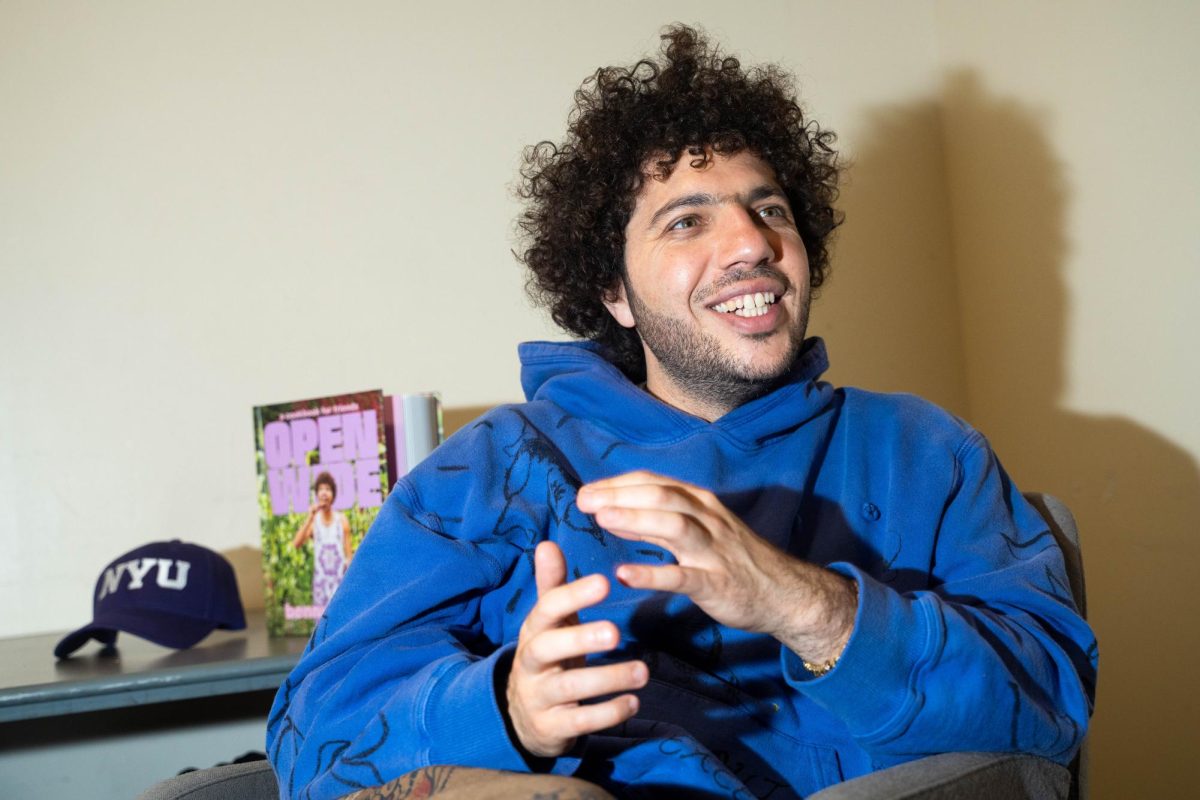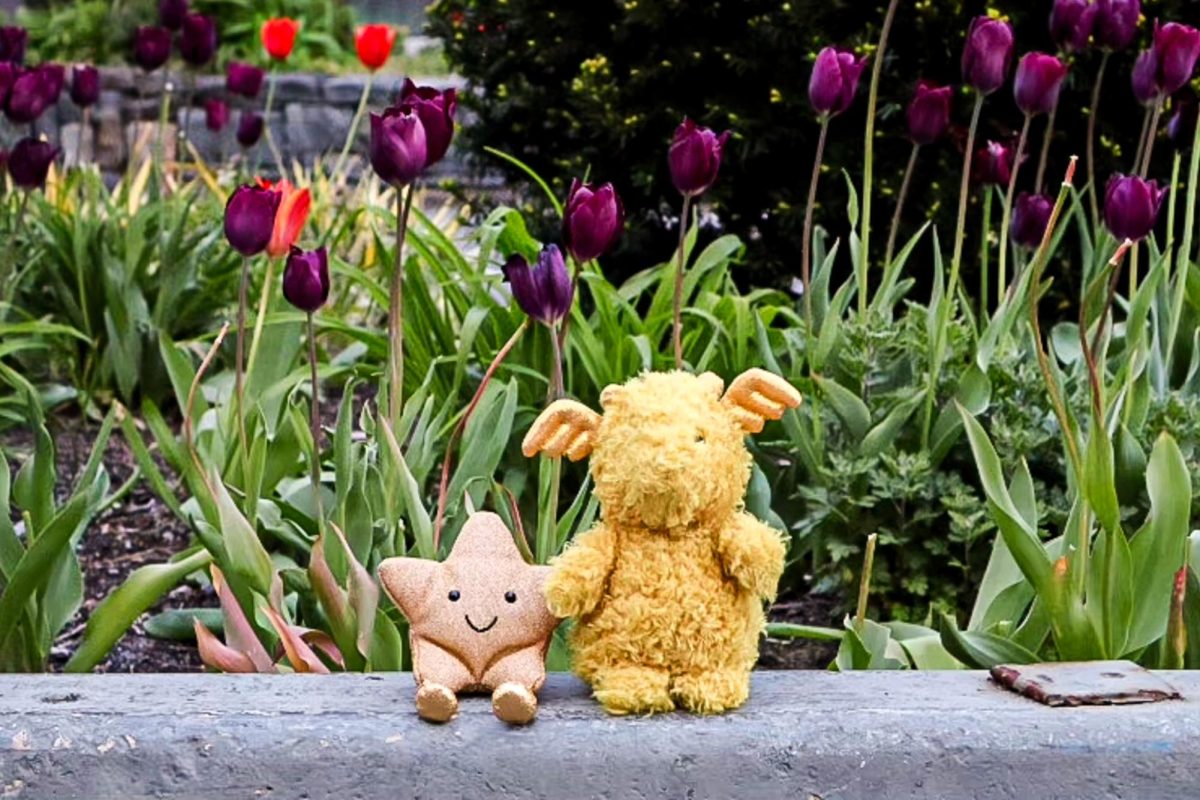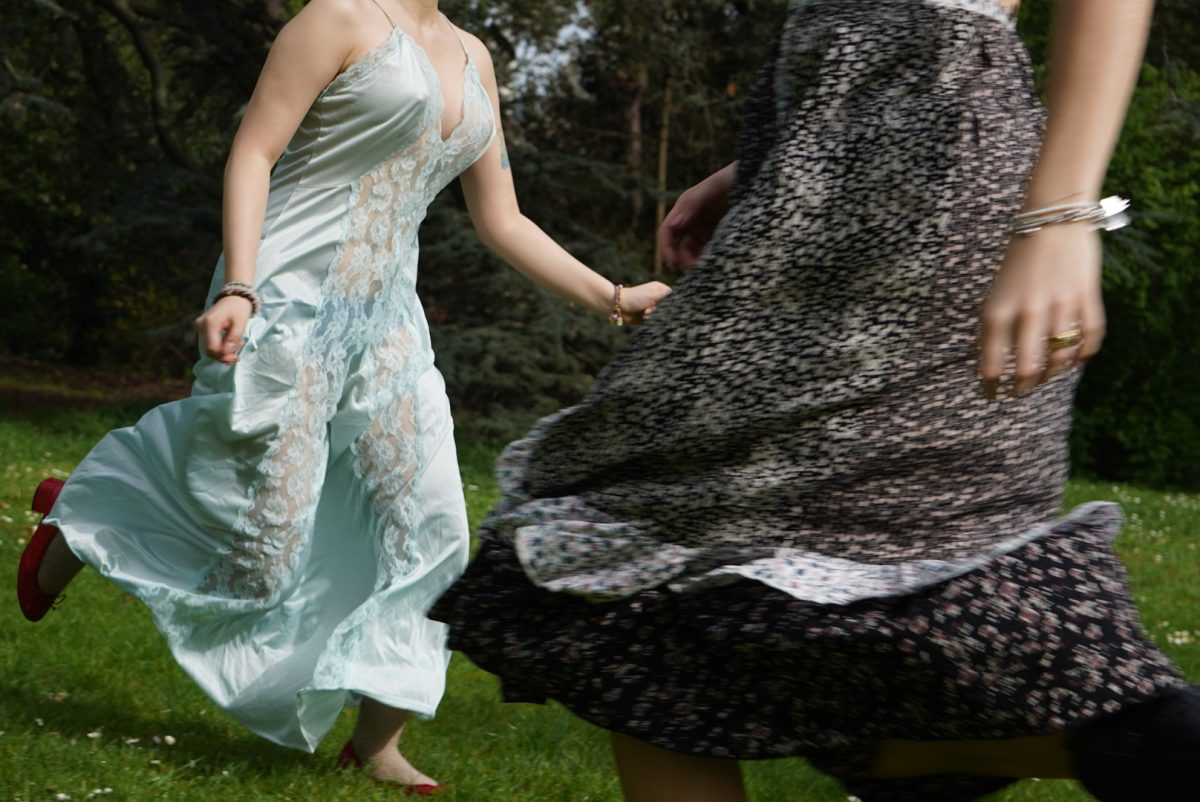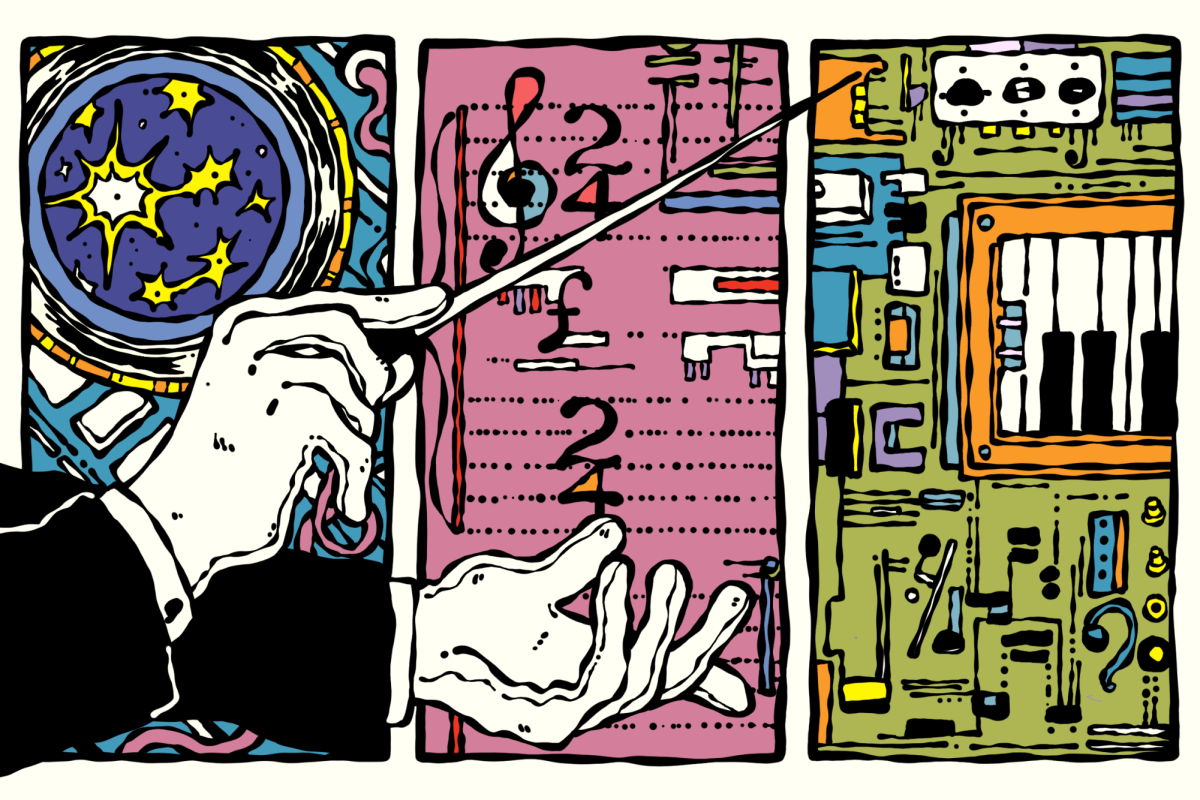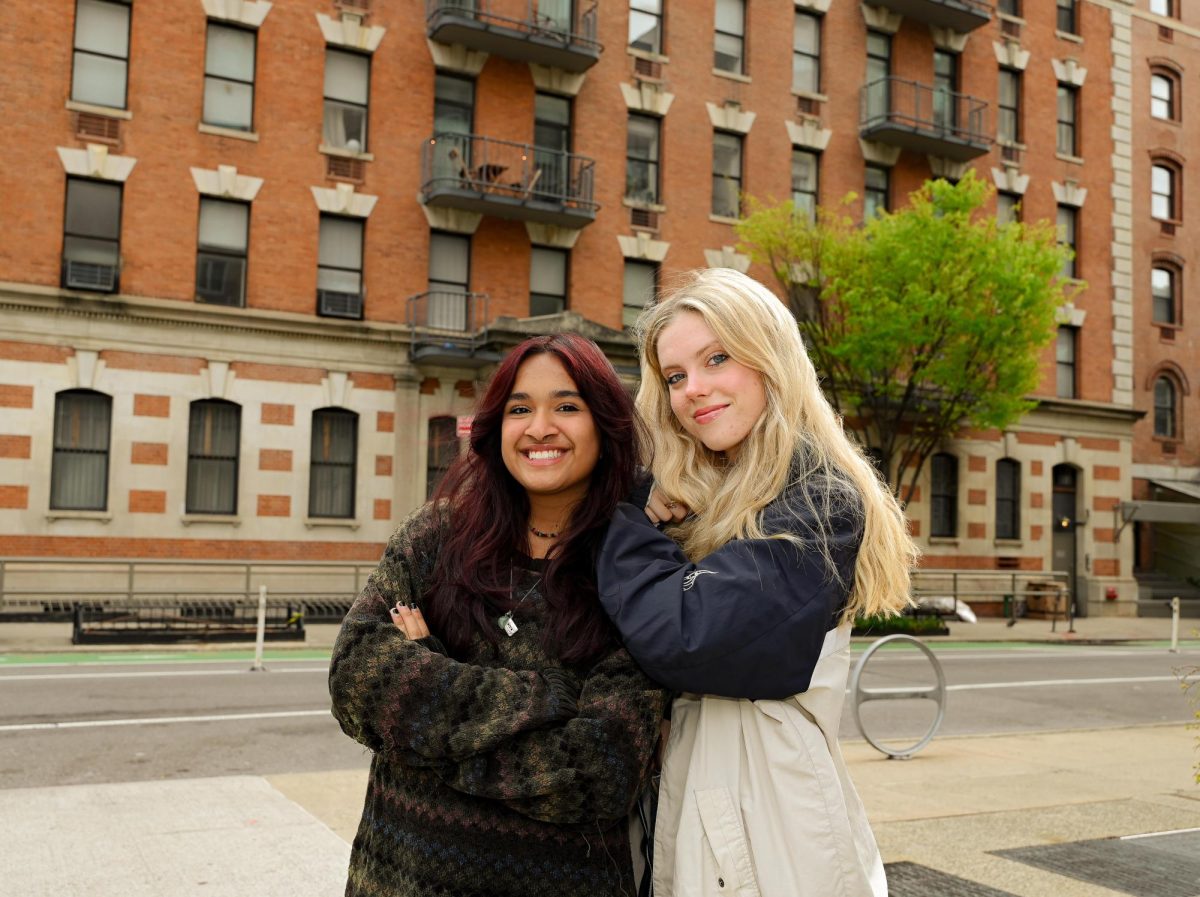Emotional support animals offer students comfort
Bringing a pet to college as an emotional support animal is beneficial for some students’ mental health, especially when living away from home for the first time.
Gallatin sophomore Tara Shear enjoys some quality time outside with her emotional support dog Dakota. NYU students who meet certain criteria are permitted to keep pets in dorms for emotional support. (Image courtesy of Tara Shear)
October 19, 2021
For students who leave home for college, the transition is one of the biggest in our lives. It’s an entirely new dynamic of meeting friends, finding work and feeling comfortable. We decorate the blank canvases of our dorm rooms with posters and plushies that remind us of home, but there’s one thing we’re used to leaving behind: pets.
NYU, like most colleges, does not allow any pets in dorms except fish. That’s great news if you have a fish. But apart from service animals, dogs, cats, rabbits and even hamsters are a no-go for NYU housing unless they’ve been certified as an emotional support animal. NYU’s policies and guidelines define ESAs as animals used by disabled individuals for “emotional support, well-being, or comfort.”
GLS senior Maggie Davis brought her cat Minna to Lafayette Hall as a sophomore.
“I missed having her a lot, and I knew it would be good for my mental health to have her there,” she said. “Our older cat at home did not like her, and their relationship was getting rocky, so it worked out well in terms of that as well.”
Minna was certified through the Moses Center for Student Accessibility as an ESA, allowing her to provide Davis comfort during the year. Through this system, Davis was able to bring her favorite part of home to school.
There are other reasons for bringing an ESA to college. Gallatin sophomore Tara Shear has had her dog Dakota for six years, and taking care of Dakota provides her with a sense of purpose.
“She was really acting as an ESA for as long as I’ve had her,” Shear said. “I just didn’t realize the impact she had on my mental health this whole time.”
Shear struggled with bipolar disorder throughout her first year of college, which impacted her eating and studying habits.
“With Dakota, I have someone to take care of,” she said. “She’s my little pride and joy, and although having an ESA is not a treatment plan, she really does help me with my symptoms by just reminding me that I have my little dog waiting for me at home, and I have to take her on walks and feed her and bathe her. Caring for her means caring for myself, too.”
ESAs can also help with socializing, especially in an environment as difficult to navigate as our post-lockdown campus. CAS sophomore Tori Hanagriff struggled to make friends during her first semester at NYU, but having her orange tabby cat Toby with her changed that.
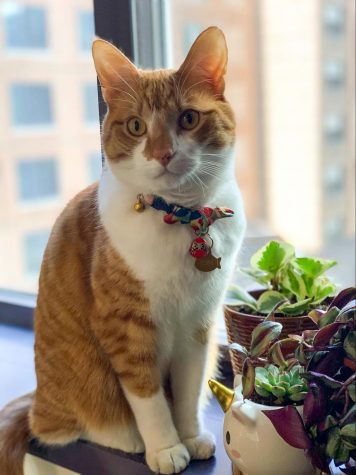
“He really helped with my anxiety and I was actually able to make friends since he was an instant conversation starter, and it removed all the pressure of making friends since I already had a friend,” Hanagriff said.
According to Hanagriff, the process of getting an ESA approved was fairly easy — she only needed a form from her doctor and her roommate’s approval.
Another consideration for prospective ESA owners is actually taking care of them. The responsibility of having an animal is a time commitment that must be considered before it is taken on. After six years of living together, however, Shear and Dakota have their routine down pat.
“She’s an easy dog to take care of,” Shear said. “Living in the dorms is actually great for her because she loves to socialize with people my age, and there’s always a chance someone’s in the dorm room, so she rarely has to be alone.”
CAS first-year Kaelan Swinmurn said that, while she’s grateful for her ESA cat Tofu, she worries about spending enough time with him.
“It’s not necessarily hard to take care of him, but I do feel bad when I’m at class all day,” Swinmurn said. “There’s not much of a time commitment because he’s a very easy cat. It’s just definitely hard making sure that I spend enough time with him while still having time to hang out with friends and study.”
While pets provide emotional support to their humans, humans are in turn responsible for their pets’ wellbeing. Still, because of the joy they bring to college life, many students find ESAs to be a worthwhile commitment.
Contact Jules Roscoe at [email protected].





























